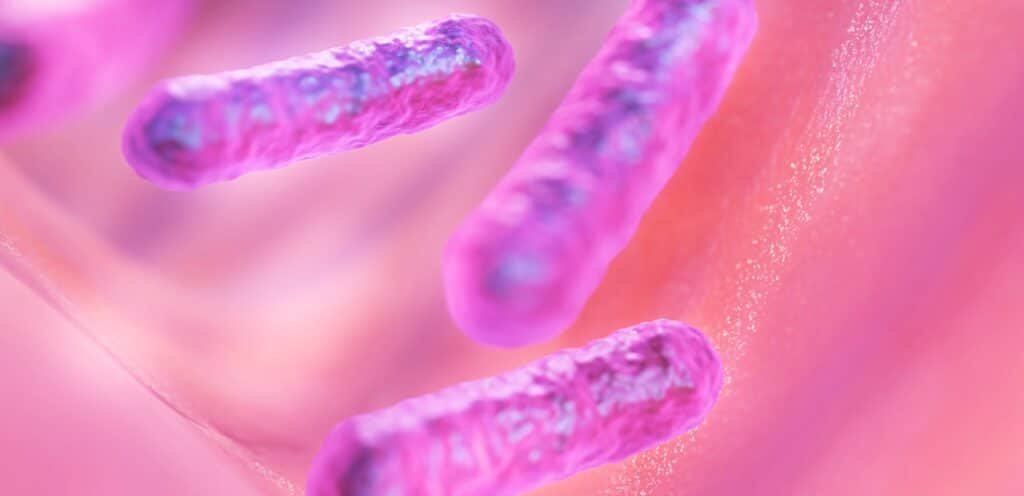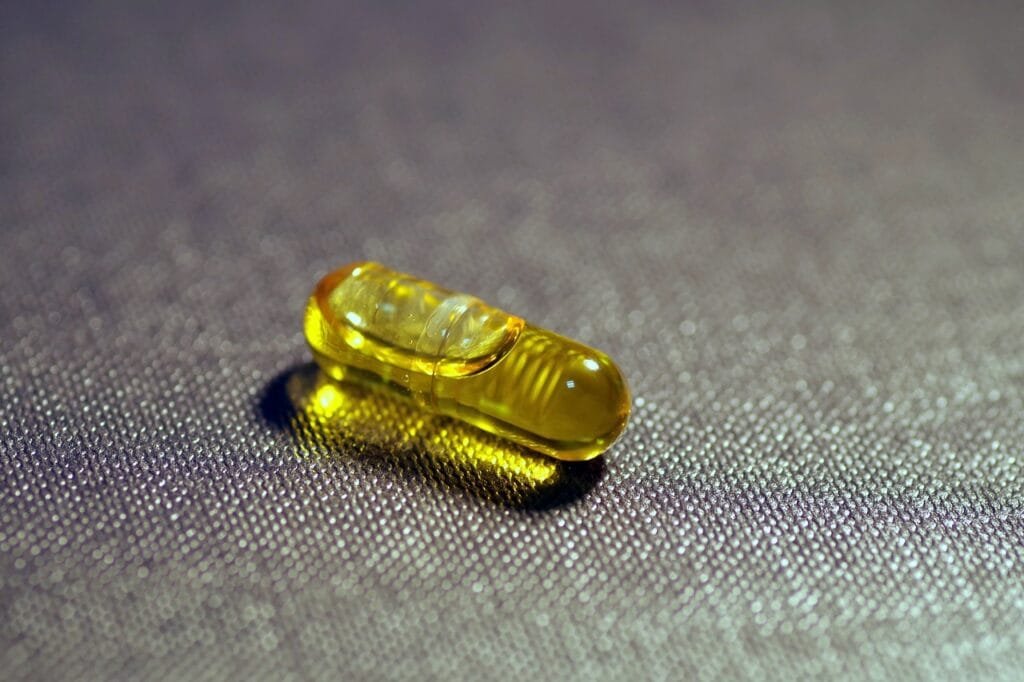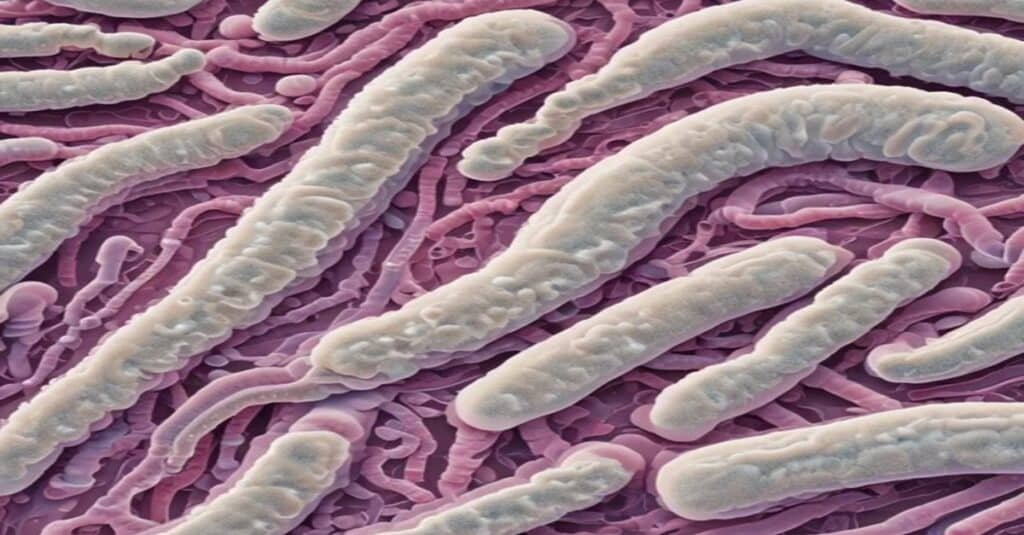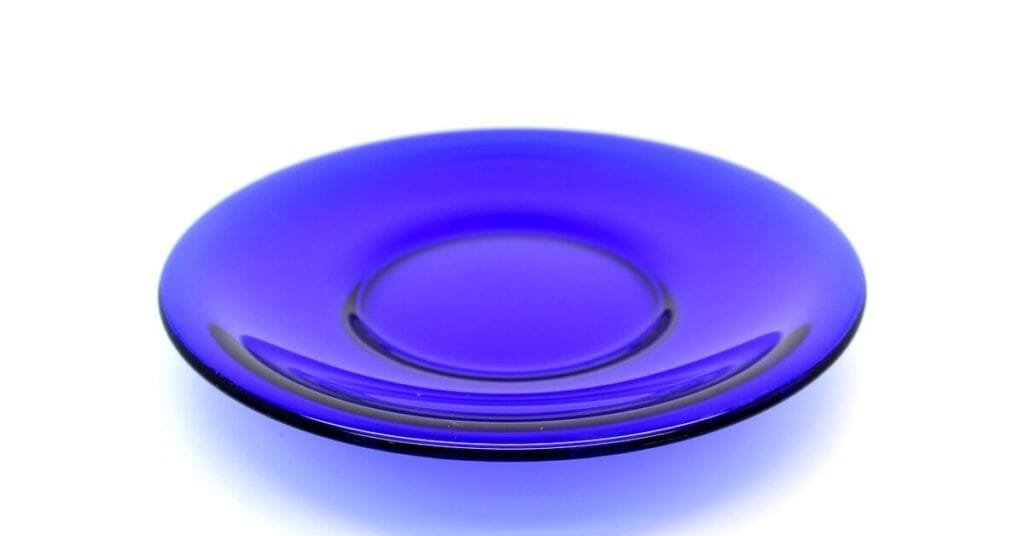Propionibacterium freudenreichii – Unlocking Its Secret Health Benefits: A probiotic ally of Lactobacilli with many health benefits
If you encounter dairy products containing Propionibacterium freudenreichii and want to know what it is, you should know that it is a beneficial bacteria known as probiotics. This strain of bacteria is usually found in Swiss-type cheese. It is of excellent value in the food industry and has many health applications in the human body.
Probiotics are becoming trendy lately as a source of multiple health benefits. They are living bacteria in a supplement people use to improve their gut microbiota. We all have bacteria in our gut, and the gut microflora should be ideally formed by good bacteria that live with us without causing harm. These healthy microbes can sometimes provide extra health benefits, such as protecting the gut from pathogens, reducing uncomfortable gastrointestinal symptoms, and lowering blood lipid levels. Some bacteria in your gut may even change how your immune system behaves and sometimes influence how your brain works and defends itself.

That’s why the field of probiotics has caught the attention of research groups and healthcare providers focused on preventative medicine. They have been around for decades, exploring how microbes in the gut relate to other areas, sometimes distant, in the human body. Recently, the interest has grown bigger after learning about the gut-brain axis and the gut-associated lymphoid tissue (GALT). These structures provide a specific mechanism underlying probiotics’ multiple effects on human health. For instance, Propionibacterium freudenreichii, a strain of probiotics, has been found to play a role in the gut-brain axis, potentially influencing mental health.
However, most studies are focused on probiotics such as Lactobacillus and Bifidobacterium. What about Propionibacterium freudenreichii? In this article, you will find all the information you need about Propionibacterium freudenreichii and how this strain of bacteria can benefit our health and contribute to the food industry.
Also Read about bifidobacterium longum benefits
What everyone should know about Propionibacterium freudenreichii
Propionibacterium freudenreichii is similar to lactic acid bacteria, such as Lactobacillus acidophilus. It also produces a substance similar to lactic acid, but it is called propionic acid. Thus, it is part of a subgroup called propionic acid bacteria. There are two different groups of Propionic acid bacteria, all Propionibacterium. In group one, we have the classical strains, mainly found in dairy, and Propionibacterium freudenreichii is part of this group. We also have cutaneous strains usually found in the skin in group two.
These bacteria are gram-positive microorganisms and have the shape of a rod. They do not produce spores and don’t have any structures to move rapidly on their own. Most are anaerobic bacteria, which means they thrive better without oxygen. However, their most important feature is that they come in contact with macronutrients, which cause fermentation and produce acetic acid, propionic acid, and carbon dioxide. This metabolic process is a part of the fundamental way the bacteria makes its energy.
Propionibacterium freudenreichii was first described by an investigator named Freudenreich, which explains why the species receives its name. After being spotted in 1909, Propionibacterium freudenreichii was found mainly in dairy but also in spoiled orange juice, olives, and other foods (1).
Propionibacterium freudenreichii is very useful in the dairy industry as a starter culture. This bacteria is fundamental in cheese ripening and producing flavor compounds in foods. During the cheese ripening process, these bacteria degrade amino acids and peptides in cheese, increasing the availability of free proline, which gives the cheese its flavor. Propionibacterium freudenreichii interacts with lactic acid bacteria, taking lactate to produce even more propionic acid, giving Swiss-type cheese its characteristic flavor. Moreover, the holes or eyes of the cheese are formed by the same bacteria, which produces carbon dioxide along with propionic acid.
Benefits and applications of P. freudenreichii
To simplify a bit, we will refer to Propionibacterium freudenreichii as P. freudenreichii. In the following sections, we will describe each of the different health applications of this probiotic and explain how we can benefit from it.
As mentioned above, this bacteria is very common in the food industry, particularly in producing cheese and dairy. So, if you want to increase P. freudenreichii in your gut, you may need to include Swiss cheese more frequently in your menu. You can find these as the most common applications:
P. freudenreichii gets along with other probiotic bacteria in the gut
One of the fundamental aspects of P. freudenreichii as a probiotic is how it communicates with other bacteria in the gut environment. For instance, it is known to stimulate Bifidobacterium growth while using lactate from Lactobacilli to thrive.
The relationship between P. freudenreichii and Bifidobacterium is based on propionic acid. This substance is a byproduct of P. freudenreichii and it stimulates the growth of Bididobacteria. What’s more, when scientists want Bifidobacteria to grow in the lab, they often add propionate to media. The same happens inside the gastrointestinal tract, in vivo (4). For instance, a study on human participants who received P. freudenreichii. They did not receive Bifidobacterium probiotics, but after one week of supplementation, their Bifidobacterium count increased in the feces. This effect has been tested in children and adults (5, 6).
As we described in cheese, lactate produced by Lactobacilli can be used by P. freudenreichii to fuel their metabolism and produce more propionic acid. Lactic acid is a carbon and energy source for P. freudenreichii, especially when produced from hexoses, a substance P. freudenreichii can’t metabolize independently (7, 8).
Do you know about b. longum benefits
P. freudenreichii produces antibacterial substances that protect against pathogens
Propionic acid has inhibitory effects against different bacteria and fungi. That’s why this bacteria is used in cheese and other food products as a preservative. It inhibits the growth of various microbes by reducing their enzyme activity. P. freudenreichii also has bacteriocins, a type of proteinaceous substance with extra inhibitory effects on a variety of microorganisms. For instance, P. freudenreichii is known to produce acnecin, which is effective against gram-negative bacteria and yeasts (9).
Additionally, P. freudenreichii produces an antiviral substance known as propionin. It is also a type of protein found in the cell-free extracts where P. freudenreichii grows. However, the application of these propionins has not been widely studied. Research shows it is active against the Columbia SK virus and EMC virus in mice, but we don’t know yet how they behave in vivo (10).
P. freudenreichii may protect the gastrointestinal tract against carcinogens
Colon cancer is a relatively silent type of cancer that only triggers symptoms when the stage is advanced, and the disease is difficult to reverse. One of the most reliable ways to screen for colon cancer is through a series of biomarkers in our feces. There are also bacterial enzymes that produce carcinogens, and they increase the risk of colon cancer.
It is notable that P. freudenreichii can reduce fecal enzyme activity associated with different types of cancer. It reduces fecal levels of beta-glucuronidase and azoreductase. When used in combination with Lactobacilli, it may also reduce levels of a carcinogen known as aflatoxin B1. This desirable trait may reduce the risk of cancer in humans. Moreover, some studies suggest that acetate and propionate can induce apoptosis in colorectal carcinoma. However, more trials are required before giving a final answer (11, 12, 13).
P. freudenreichii lowers cholesterol levels by reducing its absoption
Studies show that, similar to other probiotics, this bacteria can also lower cholesterol levels in the organism. The effect has been tested primarily in animal models and it has not been compared with other probiotics and their effects in humans to know whether it performs better or has an average effect. However, the fact remains that propionic acid produced by P. freudenreichii counters the effect of other bacteria that produce acetate by fermentation and increase serum cholesterol levels.
Propionate counters this effect and reduces cholesterol absorption in the gut. This includes the absorption of fat from foods and the reabsorption of cholesterol from bile salts. Either way, fats are more likely to be eliminated in our feces, and their levels in the blood start to drop (14).
P. freudenreichii produces vitamins and linoleic acid
Besides being a source of gastrointestinal health, P. freudenreichii can also promote nutrition by providing linoleic acid and vitamin B12. Linoleic acid is commonly used as a bodybuilding aid, and it has anti-cancer effects. Vitamin B12 is essential for human health, and it is mainly found in animal products, making it a key supplement for vegans who want to stay away from meat and poultry (11).
P. freudenreichii can help increase immune responsiveness to microbial threats
The gut is in direct contact with GALT, as mentioned above. This lymphoid tissue surrounds parts of the gastrointestinal tract and provides immunity while training its cells with the intestinal contents. When infants come in contact with the outside world, their gut is one of the ways their immune system gets to meet bacteria from the outside. As their gut microbiota gathers, it also provides extra signals to stimulate immune growth and responsiveness. P. freudenreichii is one of those bacteria that provide immunomodulation and help our defenses become stronger.
Studies show that P. freudenreichii stimulates the proliferative activity of B and T lymphocytes. It also increases the phagocytic activity of macrophages. Lymphocytes are important for the humoral immune response, which takes a bit more time but is responsible for the most potent and targeted attacks against bacteria our body has already met and developed resistance to. Macrophages are the first line of defense and attack invaders right away after finding them in the organism, making them part of the cellular immune response. Thus, P. freudenreichii activates both humoral and cellular immune response after consumption (15, 16).
Conclusion
P. freudenreichii has been around for decades, and although it has not been as widely studied as Lactobacilli, it is an integral part of our diet if we consume various types of cheese. This strain is responsible for the flavor of Swiss-type cheese and produces its characteristic holes through fermentation. In the human body, it adheres to the intestinal wall and has a beneficial effect upon host immune defenses, nutritional profile, and gut microenvironment.
P. freudenreichii works along with Lactobacilli and grows better when these bacteria are present. It also partners with Bifidobacterium, increasing the count of this bacteria in our feces. Conversely, it has antibacterial effect against pathogenic bacteria and competes with them for a position in the gut. Simultaneously, P. freudenreichii helps lower cholesterol levels in the blood, inhibits and reduces our levels of carcinogens and biomarkers, and modulates the humoral and cellular response of the immune system to stay in guard against microbial damage.
Dairy Propionibacterium such as P. freudenreichii can be consumed in large amounts in cheese without ill effects. It is highly safe as a probiotic and do not produce cytotoxic effects. Thus, we can rest assured that it is an excellent addition to food products, with several health benefits to offer in advance.
References:
- Orla-Jensen, S. J. Z. B. P. I. H. A. I. (1909). Die hauptlinien des naturlichen bakteriensystems. Zentralbl. Bakteriol. Parasitenkd. Infektionskr. Hyg. Abt. II, 22, 305-346.
- Fröhlich-Wyder, M. T., Bachmann, H. P., & Casey, M. G. (2002). Interaction between propionibacteria and starter/non-starter lactic acid bacteria in Swiss-type cheeses. Le Lait, 82(1), 1-15.
- Shaw, R. H., & Sherman, J. M. (1923). The production of volatile fatty acids and carbon dioxid by propionic acid bacteria with special reference to their action in cheese. Journal of Dairy Science, 6(4), 303-309.
- Kaneko, T., Mori, H., Iwata, M., & Meguro, S. (1994). Growth stimulator for bifidobacteria produced by Propionibacterium freudenreichii and several intestinal bacteria. Journal of dairy science, 77(2), 393-404.
- Bouglé, D., Roland, N., Lebeurrier, F., & Arhan, P. (1999). Effect of propionibacteria supplementation on fecal bifidobacteria and segmental colonic transit time in healthy human subjects. Scandinavian Journal of Gastroenterology, 34(2), 144-148.
- Sidorchuk, I. I., & Bondarenko, V. M. (1984). Selection of a biologically active mutant of Propionibacterium shermanii and the possibility of its use in complex therapy of enteral dysbacteriosis. Journal of Hygiene, Epidemiology, Microbiology, and Immunology, 28(3), 331-338.
- Piveteau, P. G., O’Callaghan, J., Lyons, B., Condon, S., & Cogan, T. M. (2002). Characterisation of the stimulants produced by Lactobacillus helveticus in milk for Propionibacterium freudenreichii. Le Lait, 82(1), 69-80.
- Hata, Y., Yamamoto, M., Ohni, M., Nakajima, K., Nakamura, Y., & Takano, T. (1996). A placebo-controlled study of the effect of sour milk on blood pressure in hypertensive subjects. The American journal of clinical nutrition, 64(5), 767-771.
- Fujimura, S., & Nakamura, T. (1978). Purification and properties of a bacteriocin-like substance (acnecin) of oral Propionibacterium acnes. Antimicrobial Agents and Chemotherapy, 14(6), 893-898.
- Ramanathan, S., Furusawa, E., Yee, H., & Cutting, W. C. (1973). Propionin B, an antiviral principle of propionibacteria. Chemotherapy, 19(1), 16-21.
- Chaia, A. P., Zarate, G., & Oliver, G. (1999). The probiotic properties of propionibacteria. Le Lait, 79(1), 175-185.
- Ouwehand, A. C., Lagström, H., Suomalainen, T., & Salminen, S. (2002). Effect of probiotics on constipation, fecal azoreductase activity and fecal mucin content in the elderly. Annals of nutrition and metabolism, 46(3-4), 159-162.
- El-Nezami, H., MYKKANEN, H., KANKAANPAA, P., Suomalainen, T., Salminen, S., & Ahokas, J. (2000). Ability of a mixture of Lactobacillus and Propionibacterium to influence the faecal aflatoxin content in healthy Egyptian volunteers: a pilot clinical study. Bioscience and microflora, 19(1), 41-45.
- Wolever, T. M., Spadafora, P., & Eshuis, H. (1991). Interaction between colonic acetate and propionate in humans. The American journal of clinical nutrition, 53(3), 681-687.
- Perez-Chaia, A., de Macias, M. N., & Oliver, G. (1995). Propionibacteria in the gut: effect on some metabolic activities of the host. Le Lait, 75(4-5), 435-445.
- Kirjavainen, P. V., ElNezami, H. S., Salminen, S. J., Ahokas, J. T., & Wright, P. F. (1999). Effects of orally administered viable Lactobacillus rhamnosus GG and Propionibacterium freudenreichii subsp. shermanii JS on mouse lymphocyte proliferation. Clinical Diagnostic Laboratory Immunology, 6(6), 799-802.
To see other articles on Probiotics click here.





Pingback: Why a Great Sleep Schedule Matters More Than You Think